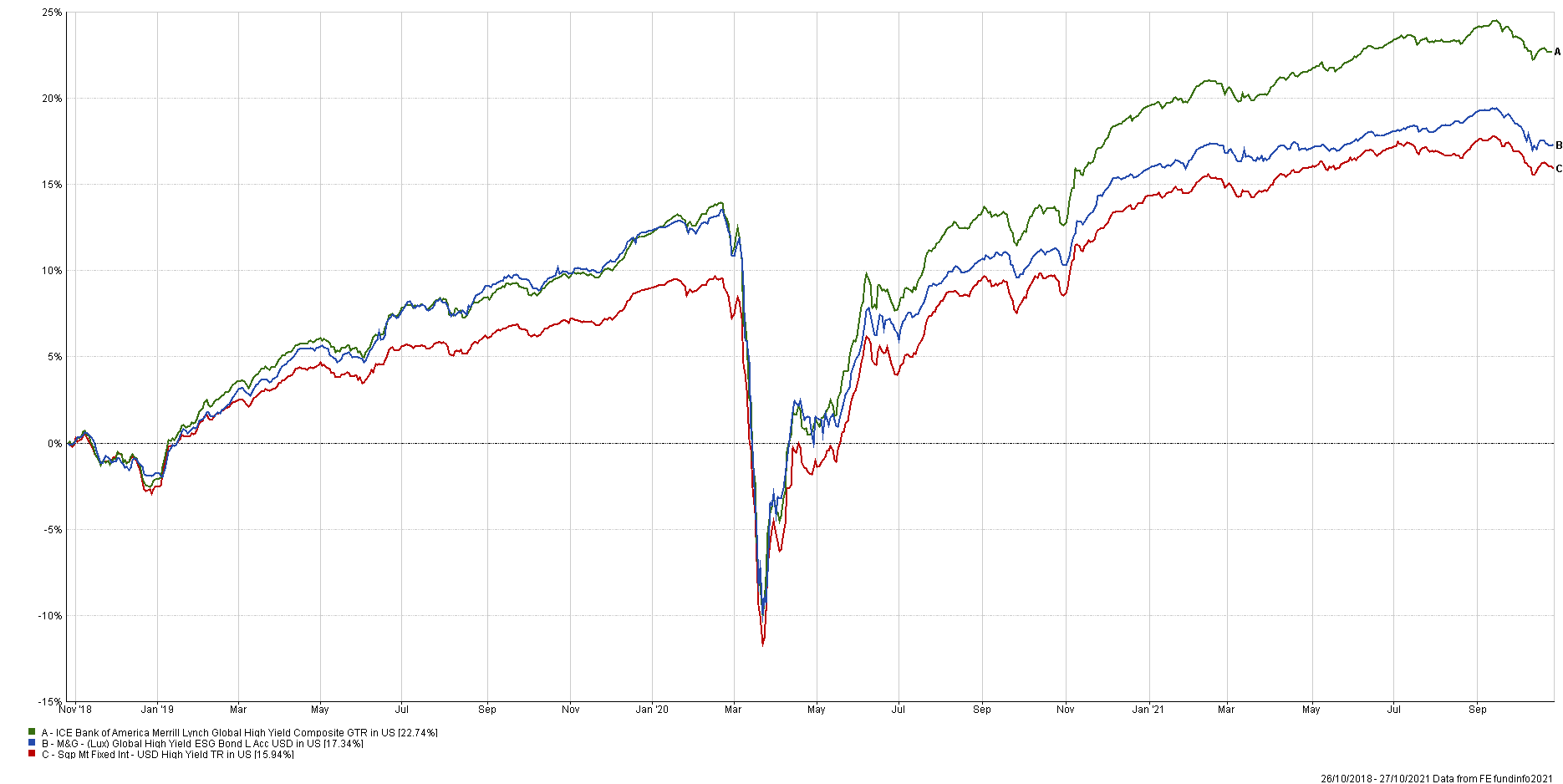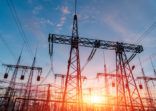Alex Araujo, M&G Investments
The London-based asset manager believes that listed infrastructure stocks will be a beneficiary of sustainability themes such as renewable energy, clean transportation and digital connectivity which will persist for many decades to come.
“Infrastructure sits at the heart of our necessary transition to a net-zero carbon world; it is central to the solution for our collective challenge of climate change,” Alex Araujo, fund manager at M&G Investments, told FSA.
“Given the impetus behind renewable energy deployments around the world, we believe that utilities actively participating in the energy transition towards more sustainable forms of power generation are well placed to benefit from this powerful trend.”
Infrastructure refers to assets associated with the provision of essential services for the functioning of society. It includes utilities such as electricity, gas and water, and transportation networks such as toll roads, railways, ports, and airports.
Araujo manages the M&G Global Listed Infrastructure Strategy which was incepted in 2017. The fund is available in Hong Kong and Singapore only to professional and accredited investors.
The $1.41bn fund consists of 33.7% in utilities, 15.2 in transport, 15.6% in communications, and 11.2% in energy, the latest factsheet shows.
Almost 34% of the fund’s AUM is invested in the US, while 15.7% is in Canada and 11.2% in the UK.
The portfolio manager said the abundance of investment opportunities available in the US and favourable regulatory environments make it stand out from other regions.
“Utilities and operators of toll roads and airports can be found in many stock markets, but the US offers more choice in industries such as railroads and energy pipelines in traditional infrastructure, as well as communications towers and data centres in areas of structural growth,” he said.
When compared with the global high yield fixed income average, the M&G fund posted a 17.34% cumulative return over three years, while the sector reported a 15.94% return, according to FE Fundinfo. The ICE Bank of America Merrill Lynch Global High Yield Composite benchmark average was 22.74% over the same period.
ESG integration
M&G Investments believe ESG is inherently in the nature of listed infrastructure, as the asset class is largely exposed to the impact of climate-charge related events.
“We strongly believe that the analysis of ESG issues should be an integral part of the investment process because there are risks and considerations associated with listed infrastructure which are unique to the asset class,” said Araujo.
“They have an impact on a variety of stakeholders including employees, customers, shareholders and wider society. We need to make sure that our favoured businesses do not face stranded asset risk or lose their social license to operate.”
When carrying out ESG analysis, the portfolio manager thinks it is important for the company to conduct its own in-house due diligence and engage companies on key ESG issues instead of blindly relying on third-party rankings.
“Our ESG process is designed to assess the sustainability of assets and thereby ensure that the cashflows generated by the infrastructure businesses we are investing in are sustainable and have the potential to grow over the long term,” Araujo added.
Utilities usually account for the highest emissions in infrastructure due to the reliance of traditional utilities on fossil fuels for power generation, making it vulnerable to climate transition risk.
To hedge against climate risks, the portfolio manager said his portfolio has an aversion to coal-fired power generation and a preference for renewable energy sources and beneficiaries of rapid decarbonisation programmes.
M&G Global Listed Infrastructure Strategy vs sector average and benchmark


















